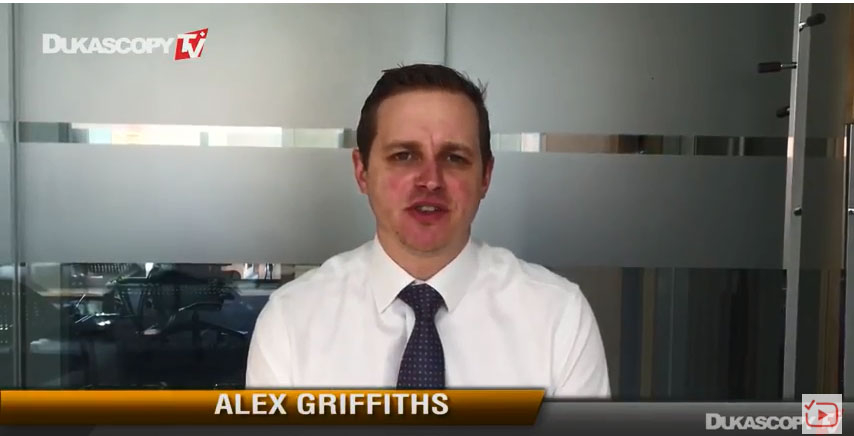Discuss your challenges with our solutions experts
Tighter at the top: taking a look at the premium end of iron ore's two-tier market
1 minute read
Alex Griffiths
Director, Metals & Mining, Curated Services

Alex Griffiths
Director, Metals & Mining, Curated Services
Alex draws on his experience as a Resource Geologist to analyse and forecast global steel and iron ore markets.
Latest articles by Alex
-
Opinion
Green steel gets a boost from European economic recovery plans
-
Opinion
Tighter at the top: taking a look at the premium end of iron ore's two-tier market
The 21st of May marks the start of a big week for iron ore – SGX week. This year, three members of the Wood Mackenzie iron ore team will travel to Singapore for iron ore's marquee event.
One theme sure to be widely discussed at the event is iron ore's two-tier market – the divergent spread in price between high Fe content ores and low Fe content ores. The premium for high-grade ores averaged 23% in 2017 – the average for the five years prior was 9%. Likewise, the penalty for low-grade ore of 17% was far more severe than the five-year trailing average of 11%.
There are, as always, differing views in the market as to the future direction of these spreads. Some say a return to historic averages is due, while others, including Wood Mackenzie, believe this is a structural change.
We think demand for premium iron ores will stay strong, but supply will struggle to keep up: it is getting tighter at the top.
Where is the evidence?
Demand for premium iron ores is rising …
Firstly, let's look at demand. When it comes to any discussion about seaborne iron ore demand, we must focus on China – the global centre of seaborne consumption. There are two big drivers pushing demand for premium iron ores within China:
1) A new focus on productivity.
Steel mills want to "make hay while the sun shines." Or more specifically, make steel while margins are as high as they have been in a decade or more. Steel capacity rationalisation has led to an increase in steel margins, and steel mills are now focused on maximising productivity. One way to produce more steel is to feed the blast furnace with raw materials that have a higher proportion of iron.
The good times for Chinese steelmakers have further to run – we expect high margins to continue throughout 2019 – and even beyond.
China's capacity rationalisation program means that margins will not return to the low levels seen prior to 2016 supply-side reforms. Better margins will continue to support iron ores with superior chemical properties.
2) A shift to bigger blast furnaces.
Part of China's efficiency drive is to encourage steelmakers to swap smaller blast furnaces for bigger ones. Bigger furnaces are cheaper to run per tonne of hot metal produced and are more likely to be environmentally compliant. In making this change, two key factors support long-term demand for premium steel making raw materials. They are:
- Bigger blast furnaces produce less hot metal per unit volume. To bridge the productivity gap, steelmakers seek raw materials with superior chemical properties.
- Raw materials fed in to bigger furnaces have to endure greater temperatures and pressures and for longer than in smaller furnaces. To ensure the burden mix stands and the furnace does not seize up, raw materials with superior physical qualities are required.
… but supply stagnates
Of course, price is not just a function of demand, but also of supply. And supply for premium iron ores is not rising as fast as demand.
Minas Rio – a relatively new entrant to the top end of the iron ore market – has suffered setbacks, meaning it will not produce any more high-grade ore until next year. Samarco, a major supplier of high-grade pellets, remains offline with no word on a start date. Potential new sources do exist, but given that premium iron-ore operations typically require beneficiation and extra processing, costs are a significant barrier to new entrants.
Vale is the only one of the big four iron ore producers that specifically caters to the premium section of the market. Vale is certainly taking advantage of the current premiums – the company is producing record tonnages and opening long-idled pelletising facilities in Sao Luis and Tubarao.
Principal Analyst Cicero Machado discusses some of his current views on iron ore supply during his recent Brazilian research trip.
What does the future hold?
The two-tier iron ore market is here to stay. There has been a structural shift in demand. But premiums will not stay at record highs. Firstly, Chinese steel mill margins will cool off, reducing the preference for premium ores. Secondly, the supply side will respond. Minas Rio is due back online next year, and Samarco will make a comeback at some stage. A further rise in physical and chemical quality price premiums could incentivise new supply to enter the market.
But for the year ahead, the market will continue to get tighter at the top.







